Perennial, Linum Perenne Lewsii
Flax, is it a flower? Is it a vegetable? Is it medicinal, and therefore, a herb? It’s all of this, and more!
- Flax is one of those versatile plants that has many uses: As a flower, for health and medicinal use, a grain crop, making fabrics, and much more. Most home gardeners view Flax as one of the very few “True Blue” flowers. To early American Pilgrims, flax was a food staple, put clothes on their back, and for many other uses.
- Flax originated in India. It has been used for thousands of years. Pilgrims brought Flax to America. They used the seed for food and nutrition, and to make linseed oil. They used the fibers of the long, thin stems to make clothing, linen and lace. It was also used to make rope, twine, and a variety of other items.
- Today, Flax is largely grown commercially in the U.S. to make Linseed Oil. Home gardeners highly value the real blue color of the flowers. Some home gardeners harvest the seed for consumption, especially in herbal teas.
- Plants have clumps of delicate foliage, that give way to true blue flowers in the summer. Grow them in groups for the best effect. They are commonly used as a wildflower. Try them in containers, too.
- Did you Know? Common flax is the national flower of Belarus.
- Plant Height: 18″ – 30″
Medicinal Uses:
The medicinal uses of Flax are broad. It contains Omega-3, a fatty acid that helps fight many diseases. Medicinal uses include:
-
Promotes heart health
-
Lowers cholesterol
-
Protects against strokes
-
Lowers blood pressure
-
Used for constipation
-
Helps guard against breast cancer and other cancers
As a healthy source of food and nutrition, flax seeds:
- Are used in herbal teas
-
Can be ground into a low carb meal for making breads and doughs.
-
The oil from the seeds makes linseed oil, and can be used in cooking.
-
Sprouts are used in salads
Planting and Propagation:
- Flax are grown from seeds. Flax seeds can be directly seeded into your flower garden, or seeded indoors for transplanting later. Sow seeds early in the season and cover lightly with 1/8″ of fine garden or potting soil. Keep soil lightly moist during the germination period.
- Spring sown plants will not bloom until the next year.
- Try sowing seeds early in the fall, and they will bloom the next spring.
- Ideal plant spacing is 10″ -12″. The plants tolerate a little crowding.
- Days to Germination: 20 – 30
How to Grow Flax Plants:
- Grow Flax in full sun. They prefer rich soil. Mix in compost when planting, if your soil is not rich. Keep the soil moist, not wet. Add a general purpose fertilizer when planting them, then once a month after that.
- Flax is easy to grow. As wildflowers, they require little care. In the home garden, mulch around them to help retain soil moisture, and to keep the weeds down. Prune plants to promote good air circulation.
- Be health smart…… After the flowers have bloomed, harvest the seeds and use them for herbal or culinary purposes.
- Flowers Bloom: Spring and Summer
Insect and Disease:
- Flax is susceptible to a wide variety of fungal diseases, blights and rusts. Pruning plants to increase air circulation, keeping water off the plant, and promoting overall health will help to minimize plant disease. Treat as needed with a fungicide.

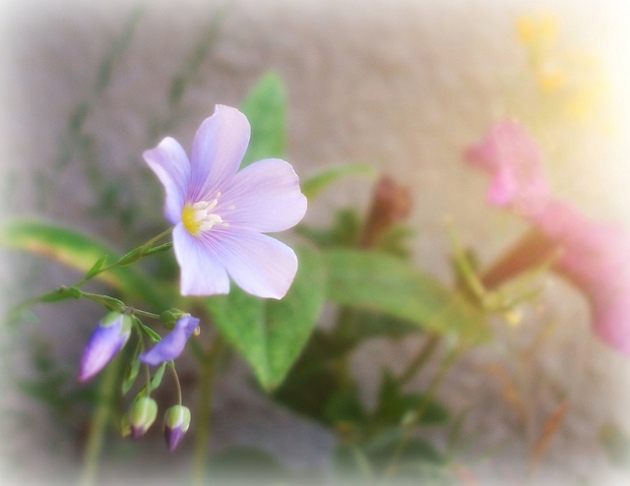
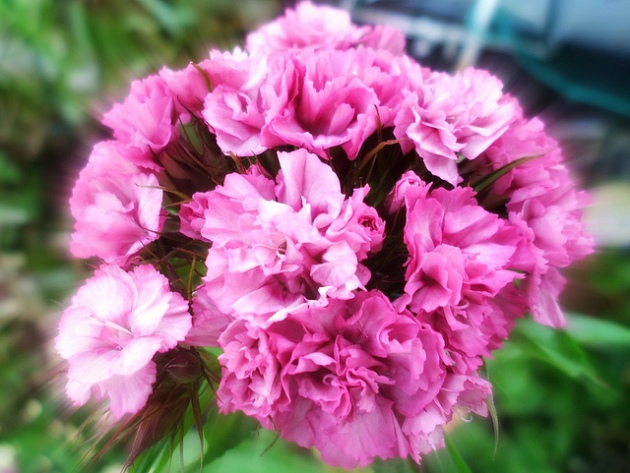
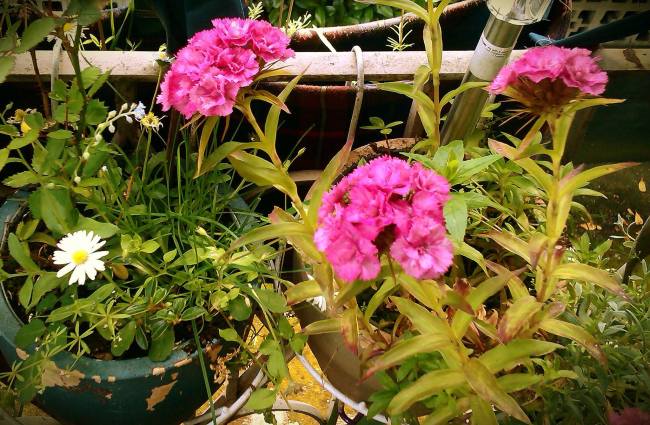
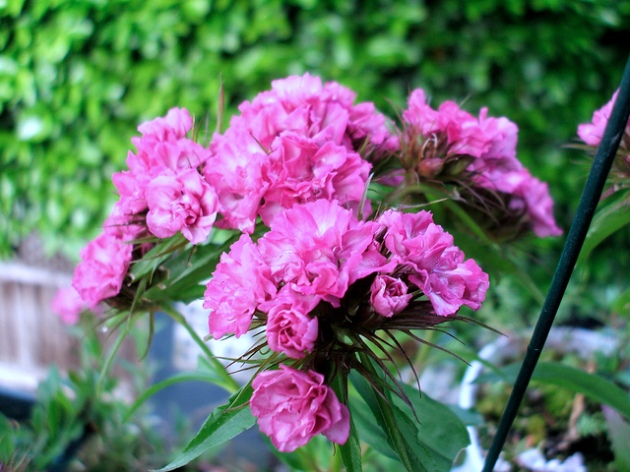
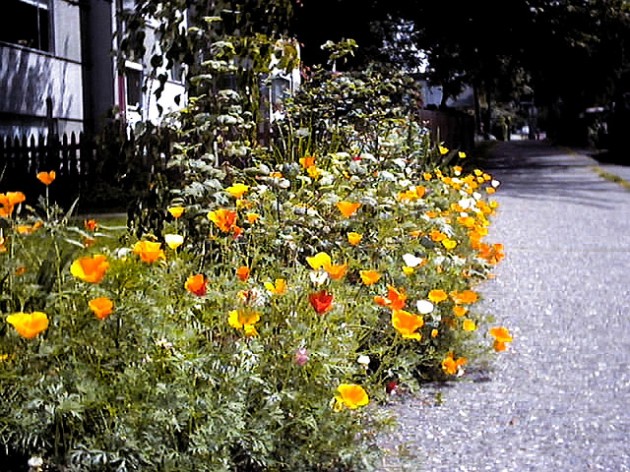
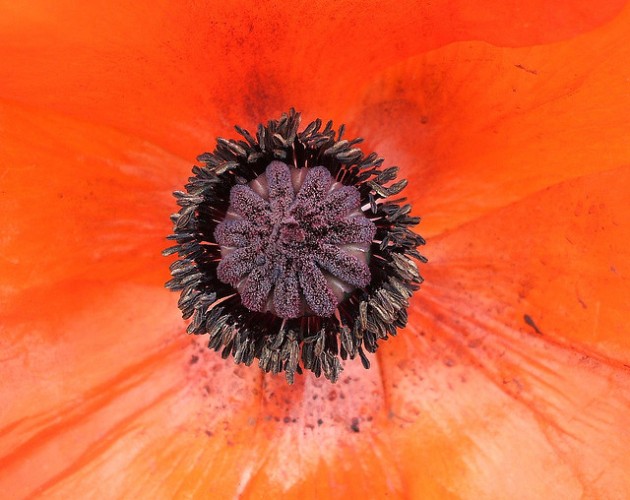
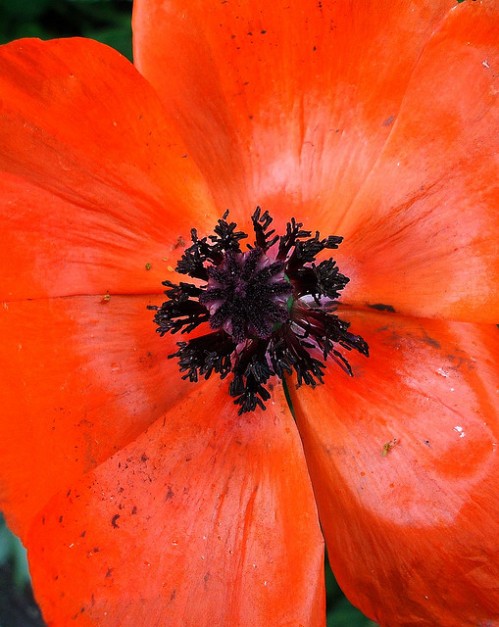
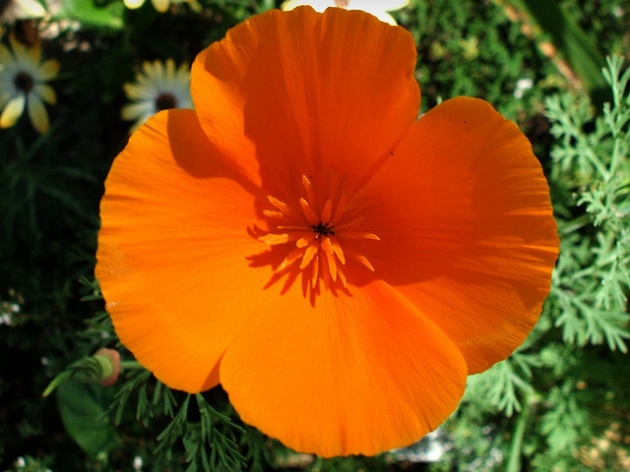
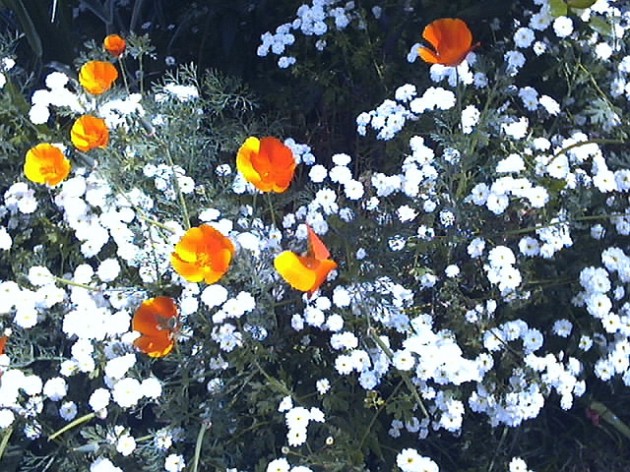
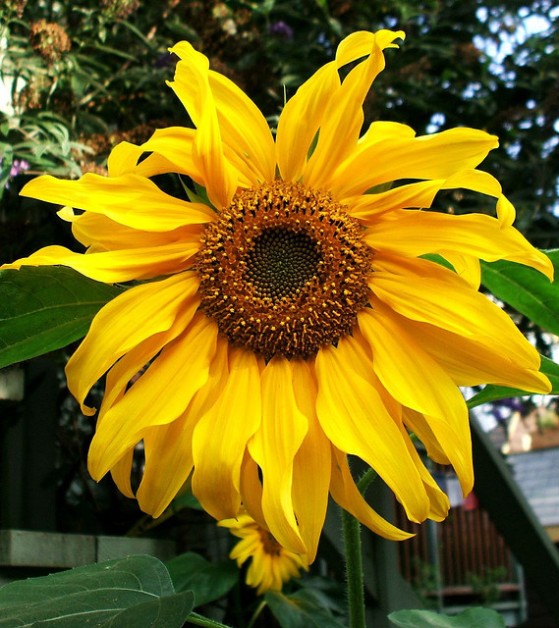
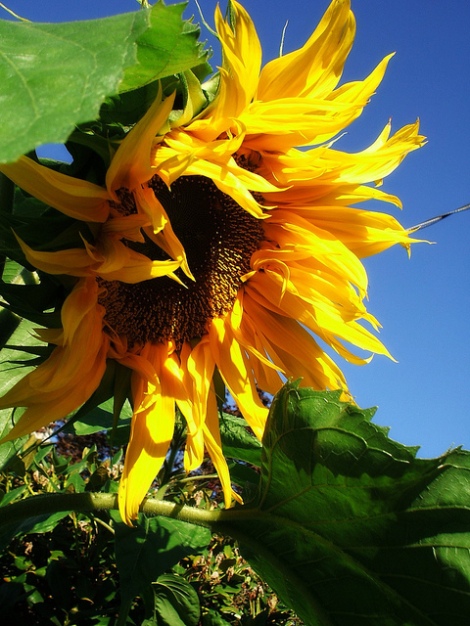
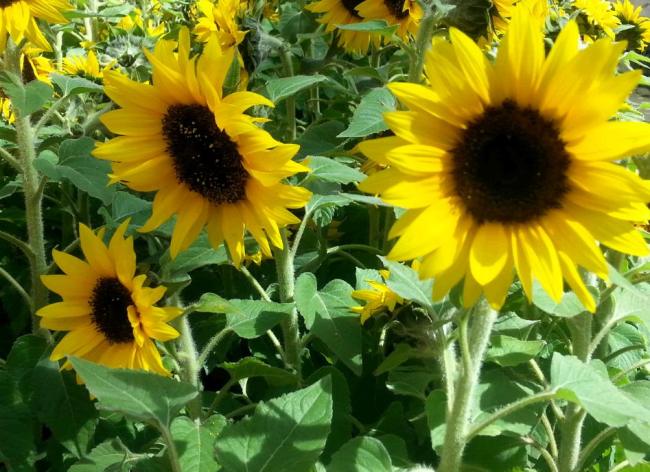

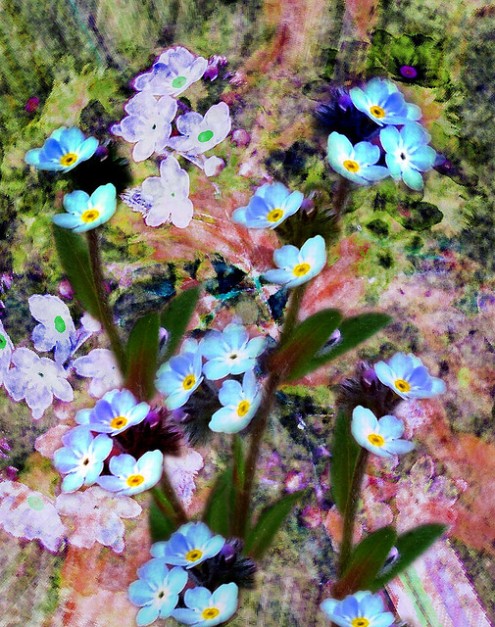
![20170123050651-f09370cbed.[gif-2-mp4.com] 20170123050651-f09370cbed.[gif-2-mp4.com]](https://live.staticflickr.com/428/32472212275_9af8805d25_m.jpg)


